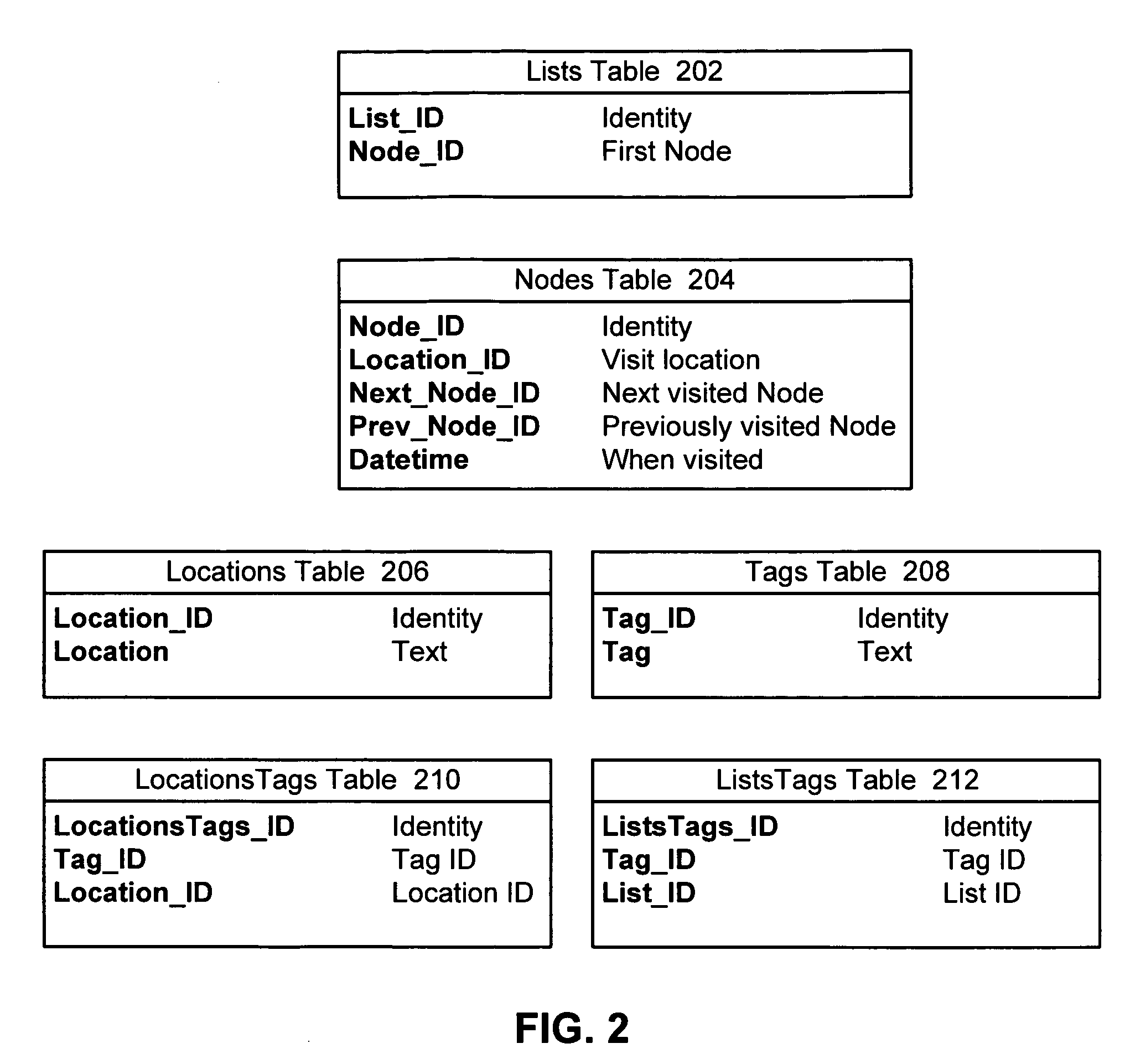Method and apparatus for accessing history trails for previous search sessions
a history trail and search session technology, applied in the field of computer-based systems, can solve the problems of inability inability to trace the path of a user's access, and existing browsers providing no mechanism to save multiple pages, etc., to facilitate undoing and redoing various actions.
- Summary
- Abstract
- Description
- Claims
- Application Information
AI Technical Summary
Benefits of technology
Problems solved by technology
Method used
Image
Examples
example
[0047]FIG. 6 illustrates a tree for an exemplary search session. This search session begins at the root page 0. From root page 0, a user navigates to page 1A, to page 2A, and then to page 3A. Next, the user clicks on a “back” button to get back to page 2A and back again to page 1A. From there, the user begins a new branch and navigates to page 2B. At this point, in other “crumb-based” navigation systems such as web browsers, the sequential navigation history to page 2A and then page 3A is lost, because moving backward takes the user from page 1A to page 0, and moving forward takes the user on the path from page 0, to page 1A, and then to page 2B.
[0048]A traditional search history under this scenario would look like this:
[0049]0→1A→2A→3A[0050]1A←2A←
and then the branch to a new history when 2B is accessed would look like this
[0051]0→1A→2B.
At this point, the sequential history from 1A to 2A to 3A is lost.
[0052]In contrast, in one embodiment of the present invention, the user is present...
PUM
 Login to View More
Login to View More Abstract
Description
Claims
Application Information
 Login to View More
Login to View More - R&D
- Intellectual Property
- Life Sciences
- Materials
- Tech Scout
- Unparalleled Data Quality
- Higher Quality Content
- 60% Fewer Hallucinations
Browse by: Latest US Patents, China's latest patents, Technical Efficacy Thesaurus, Application Domain, Technology Topic, Popular Technical Reports.
© 2025 PatSnap. All rights reserved.Legal|Privacy policy|Modern Slavery Act Transparency Statement|Sitemap|About US| Contact US: help@patsnap.com



